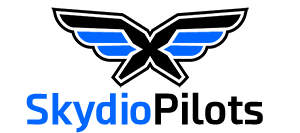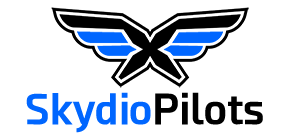- Joined
- Dec 15, 2019
- Messages
- 832
- Reaction score
- 182
FAA Part 107 Rules vs Skydio Autonomy .... Can they both somehow exist together?

 dronexl.co
dronexl.co

Part 107 Pilots Beware, Skydio Is NOT Your Friend
This week Drone Deploy had its conference. One of the presented slides makes clear for Part 107 pilots that Skydio is not their friend.
 dronexl.co
dronexl.co



